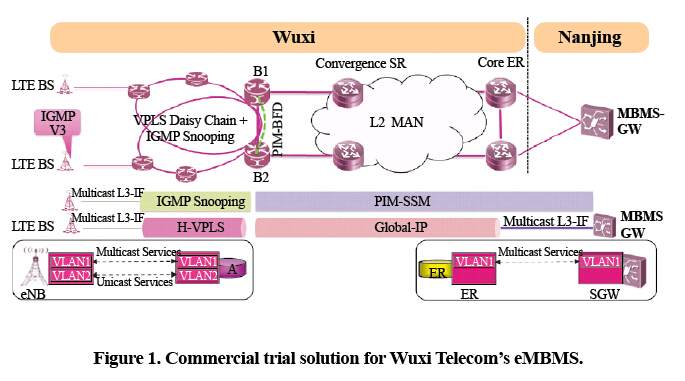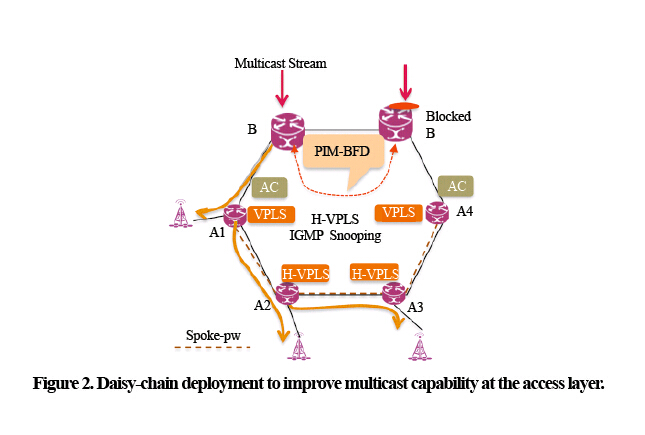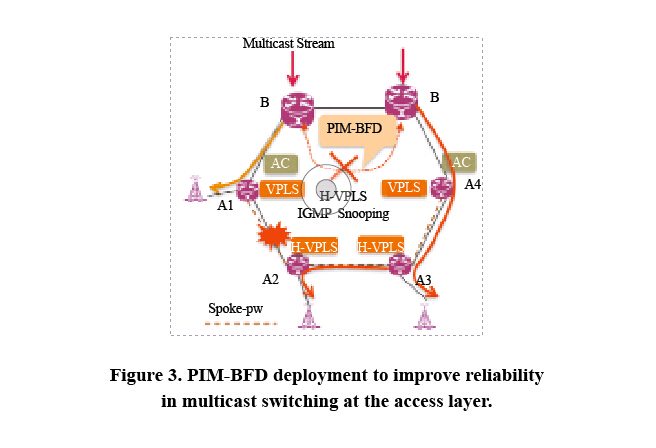Wuxi Telecom Trials LTE Evolved Multimedia Broadcast Multicast Service
Mobile operators across the world are striving to deploy LTE networks. Compared with 2G and 3G networks, LTE networks carry higher bandwidth voice, data, and video services and are favored by mobile operators.
With the increased popularity of smart terminals, mobile broadband applications have developed rapidly, and mobile videos are attracting attention within the mobile industry. Point-to-multipoint (P-T-MP) communication is considered the best way to carry video, and 3GPP has specified the standards for LTE evolved multimedia broadcast multicast service (LTE eMBMS). LTE eMBMS has high bandwidth and low latency, and it is based entirely on IP. Therefore, it can flexibly multicast and broadcast mobile videos. As LTE networks are deployed more widely, the related eMBMS environment is maturing, and eMBMS is becoming the new hot area in mobile services. In 2014, China Telecom obtained a commercial license for TDD-LTE and a commercial trial license for FDD-LTE. China Telecom's LTE networks have been deployed on a large scale. Some operators are turning their attention to feature video services (such as eMBMS) based on their traditional unicast services. At present, these traditional unicast services are dominated by voice and data.
Wuxi Telecom has trialed eMBMS in a college town in Wuxi, China. The IP RAN transmission network carries both multicast voice and data and has ZTE equipment on a layer-2 metropolitan area network (L2 MAN). The LTE core network is located in Nanjing city, and LTE unicast services are delivered through CN2. To enable eMBMS, multicast channels are established between MBMS-GW and LTE base stations. The MBMS-GW in Nanjing is connected to the IP RAN network in Wuxi via optical fiber. In this way, multicast services do not need to pass through CN2, and eMBMS only needs to be deployed on the local network, wireless base stations, and MBMS-GW (Fig. 1).

eMBMS deployments have the following features:
● A convergence core layer has protocol-independent multicast-source specific multicast (PIM-SSM) and enables PIM on the L2 MAN. This means that any point in the local network can access multicast services. With this mode, deployment of rendezvous points is avoided, which simplifies IP RAN configuration.
● An access layer multicasts data in H-VPLS daisy chain mode, so only one multicast traffic stream is transmitted on the access link (Fig. 2). This saves bandwidth for the access link.

● IGMP snooping layer-2 multicast is deployed on the access layer. As all base stations on the chain share one multicast gateway; therefore, it is not necessary to provide a separate network segment for each base station. This saves multicast IP addresses.
● Protocol independent multicast bidirectional forwarding detection (PIM-BFD) is deployed on the converged gateway B to improve reliability at the access layer and ensure that multicast services are converged in milliseconds (Fig. 3).

● A base station is added into a multicast group through IGMPv3. Unicast data is separated from multicast data by a different VLAN sub-interface between the base station and access equipment.
● The M3/M2 interface shares the same channel with the S1-M interface; that is, the control signaling is carried by a unicast interface, and multicast services are not affected by routing on the control interface.
● The multicast interface on the base station carries only IGMP packets and multicast data streams but not M3/M2 control signaling.
Wuxi Telecom has adopted ZTE's multicast solution to carry eMBMS over its IP RAN. To date, Wuxi Telecom has launched eMBMS at Jiangnan University, Wuxi Business and Vocational School, and Wuxi Technology Institute (New District). On-site tests have shown that the network can deliver high-quality mobile videos, and IP RAN multicast services are reliable to a millisecond level.